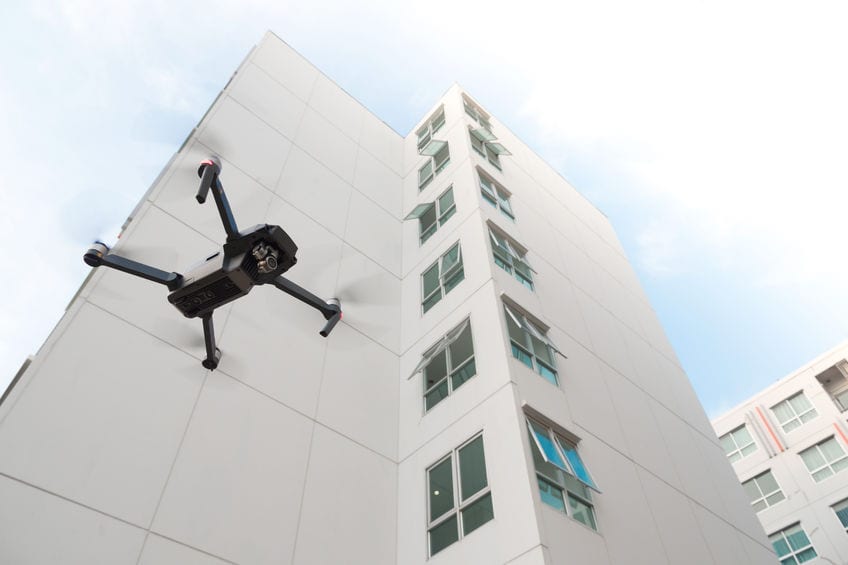
News
Drones and the ‘Digital Transformation’ of the Construction Industry
The digital economy has always had an impact on the traditional economy. Ever since its inception, the impact of the digital economy has been massive. However, the most interesting part of it have always been the new and modern digital technologies that were carried out in every industry.
One of them – and one of the technologies that shifted an industry entirely – is the use of drones in the construction industry. What started as unmanned flying objects (UAVs) focusing on multi-dimensional scanning has transformed to advanced scanning systems and automatic positioning systems through GPS coordinates – all carried out by drones as we know them.
When It All Started
To better understand the role of drones in construction, one needs to properly understand the concept of the “digital economy”. As a term that was first coined in 1995 by an American scientist to explain the advantages of the new economy in comparison with the old (conventional) one, the digital economy focuses on digital goods and services related to digital technologies.
As such, the digital economy involves digital infrastructure. From the introduction of 4G technologies to the fiber optic data transmission, drones were only ‘the next step’ of the development of this digital infrastructure.
The Use Of Drones In Construction
Currently, the construction industry is the second largest one in the world after agriculture, with a combined volume of $8 trillion per year. The use of drones in this industry again falls on the second place (25,50%), right after transportation which leads the way in terms of drone usage (35.50%).
The success of drones in the construction sector is mainly because of the well-thought-out implementation by the industry leaders. In case you are not familiar with the services carried out by drones in this way, they are able to provide more than just aerial photography data.
Drones are used to track data and map information – all in order to carry out proper land surveying, building inspections, visual materials for customers and employees, monitoring of the progress of work on construction sites, security control as well as mappings.
This is the topic of a recently published paper by Irina Zaychenko, Anna Smirnova and Alexandra Borremans at the St. Petersburg Polytechnic University. Titled “Digital transformation: The case of the application of drones in construction”, the paper talks about many of the benefits, use cases and drawbacks of drones in the construction industry.
Reference: https://doi.org/10.1051/matecconf/201819305066 | Digital transformation: the case of the application of drones in construction – Irina Zaychenko, Anna Smirnova and Alexandra Borremans
DJI and its Partnership With Skycatch
As one of the global and most well-known drone manufacturers out there, the China-based leading manufacturer DJI recently announced a partnership with the American technology company Skycatch – with the aim of testing commercial drones for construction firms.
The Japanese construction giant Komatsu is one of the companies that will receive 1,000 aircraft units from DJI – all in order to inspect and monitor its projects.
According to the plans, DJI’s fleet will here help achieve unused angles, capture the aerial perspective and get the results that would otherwise be impractical or impossible. This gives the technology a unique competitive advantage – but also the firm when it promotes its projects and services to potential clients.

Skycatch drone
Still, there are a couple of drawbacks on this technology. For example, the use of drones in construction needs to be carried out properly with all the tasks in advance. After all, every construction site is different and the need of proper monitoring is always a must.
On top of this, construction companies must have a clear idea of what will they do with the data before they collect it, train their staff to use the data accordingly – and get the help of licensed pilots to properly perform the task.
Conclusion
At last, it is safe to say that drones can be used in many parts and aspects of the construction industry. They can deal with geographically extended objects, map data precisely, monitor gas pipelines, electricity, railways and many other use cases.
So, the clear advantages of using drones in construction sum up to the reduced cost of surveyors, the inspection of construction sites during disasters, the reduced resource costs and the faster data collection which leads to higher returns.
Despite the negative aspects such as the demanding preparation, unique aspects of each construction site and the need for proper training or help of licensed pilots which are still present in today’s construction landscape – drones are certainly shifting the construction industry, one step at a time.
How useful was this post?
Click on a star to rate it!
Average rating 0 / 5. Vote count: 0
No votes so far! Be the first to rate this post.
We are sorry that this post was not useful for you!
Let us improve this post!
Tell us how we can improve this post?

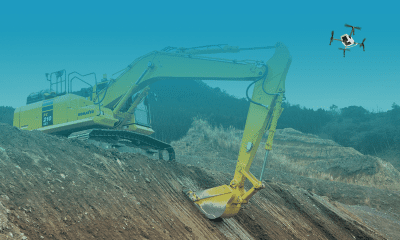
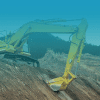
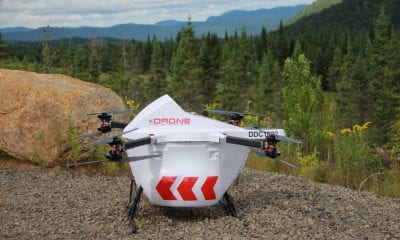
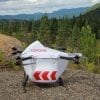
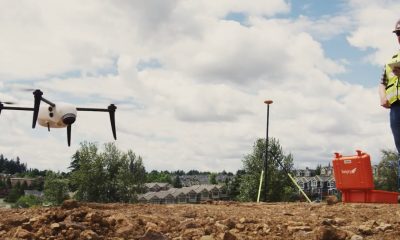
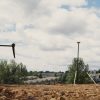
![ommercial Drone with Aerial Mounted LIDAR [source: Cargyrak , Wikimedia Commons, accessed 4/29/2018]](https://dronebelow.com/wp-content/uploads/2018/12/Capture-38-400x240.jpg)
![ommercial Drone with Aerial Mounted LIDAR [source: Cargyrak , Wikimedia Commons, accessed 4/29/2018]](https://dronebelow.com/wp-content/uploads/2018/12/Capture-38-100x100.jpg)
















